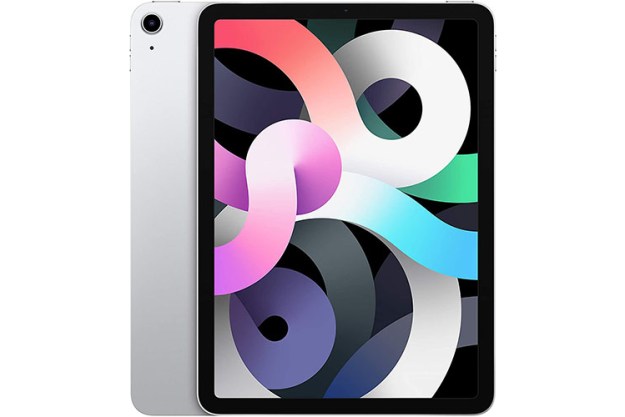It’s not for nothing that companies like Unimersiv, with its educational platform on Oculus Store, and Crytek, looking to push the boundaries of what’s possible in virtual reality, are pushing for VR education. Vedavi Medical, located in Switzerland, is one of the first companies to launch an educational platform for anatomy students. Its upcoming app Human Anatomy allows anyone to take a closer look at our bones and muscles.
“With the skull you can see the names for the different boneparts here, the software will be for medical students. One thing they need to do is learn the details of every structure,” Moritz Schwyzer, CEO at Vedavi Medical, told Digital Trends. “If you take away a bone a ghost model remains in place so that you see how it’s connected to the other bones. It lets you have a look at other structures.”
The development team has been hard at work finding new things to throw into the mix. They have created a mockup version of one of their programs that follows the movement of bones and muscles together. Providing students with realistic visual feedback on the inner workings of the human body in virtual reality could have a profound impact on how deep a student’s connection is with their learning experience. But Schwyzer and his team aren’t just relying on the headset (which is currently exclusive to the Oculus Rift), but also making use of Razer’s Hydra motion controllers. The idea is to support the Oculus Touch controllers when they come out. So when Vedavi say you “take away a bone,” it means you can actually reach out, grab it, and bring it close enough to virtually smell the calcium.

The app is still in its infant stages, as there’s a limit to how much you can do in a year with a limited team and educational restrictions, but the feedback received from the students and professors who have tried the app has been enthusiastic overall. Human Anatomy is in its first year of development and the company has primarily produced animated anatomy footage since it was founded three years ago. Now it’s got six members and is moving into VR territory.
Vedavi Medical currently has a workstation up and running at a university where students can test the software. The application allows students to get up close and personal with how muscles attach to bones, something which is “really important to them,” according to Schwyzer.
Among other things that are really important, we find interfaces. For now, the application’s limited feature list ensures that things don’t get too complicated when navigating around the interface. The company showed a grid interface where users could click on anatomy images to be able to examine their content. Schwyzer said that students can also take a quiz on the different body parts, and much like a curriculum you’ll learn the body parts in steps. Unfortunately, there’s no way yet for students to communicate with one-another via the application.
Human Anatomy is set to release on the Oculus Store for the Oculus Rift later this fall.


